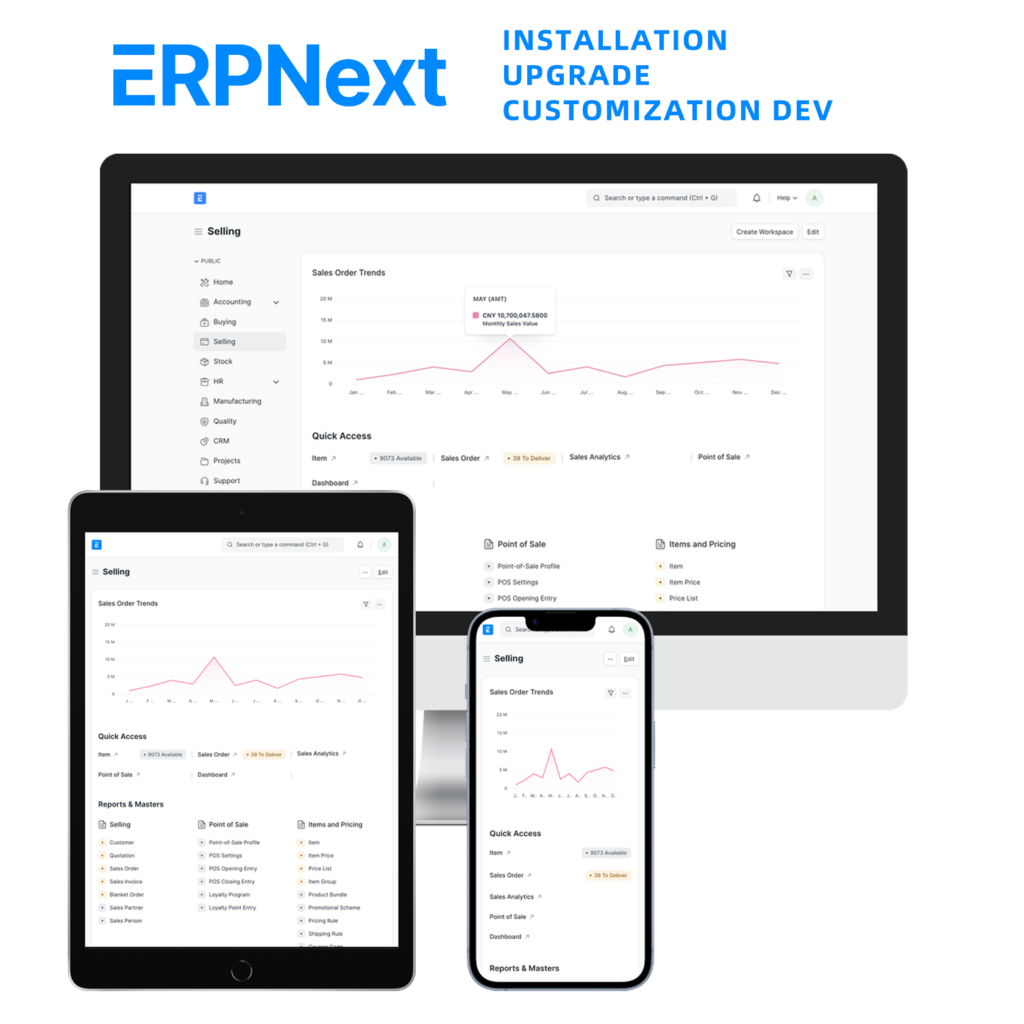Enterprise Resource Planning (ERP) systems are the workhorses of businesses, keeping track of everything from inventory to finances. But using them can feel clunky, with complicated menus and reports. Generative AI, a type of artificial intelligence (AI) that can create new information, is changing that.

Imagine asking your ERP system a question in plain English, like “Hey, are we at risk of running out of steel next quarter?” Generative AI can analyze data and respond with clear answers, forecasts, or even suggest solutions. This can save time and make business insights accessible to everyone, not just data analysts.
AI in Action: Smoothing the Supply Chain at IKEA
Let’s look at a real-world example. IKEA, the world’s furniture giant, uses generative AI to optimize its massive supply chain. They deal with thousands of products and suppliers around the world. Generative AI helps them predict changes in demand, raw material shortages, and even potential delays at ports. This allows them to adjust orders, find alternative suppliers, and avoid stockouts – all crucial for keeping those iconic blue and yellow boxes filled.
Generative AI is still evolving, but it has the potential to revolutionize ERP systems. Here are some of the benefits it can bring:
- Natural Language Communication: Ask questions and get answers in plain English, making ERP data accessible to everyone.
- Automated Reporting: Generate reports and summaries automatically, saving time and effort.
- Predictive Analytics: Forecast future trends and potential problems, allowing for proactive decision-making.
- Improved Efficiency: Streamline workflows and reduce manual data entry.
Generative AI won’t replace human ERP specialists, but it can be a powerful tool to improve their efficiency and decision-making. As generative AI continues to develop, the way we interact with business data is poised to become more natural, insightful, and conversational.